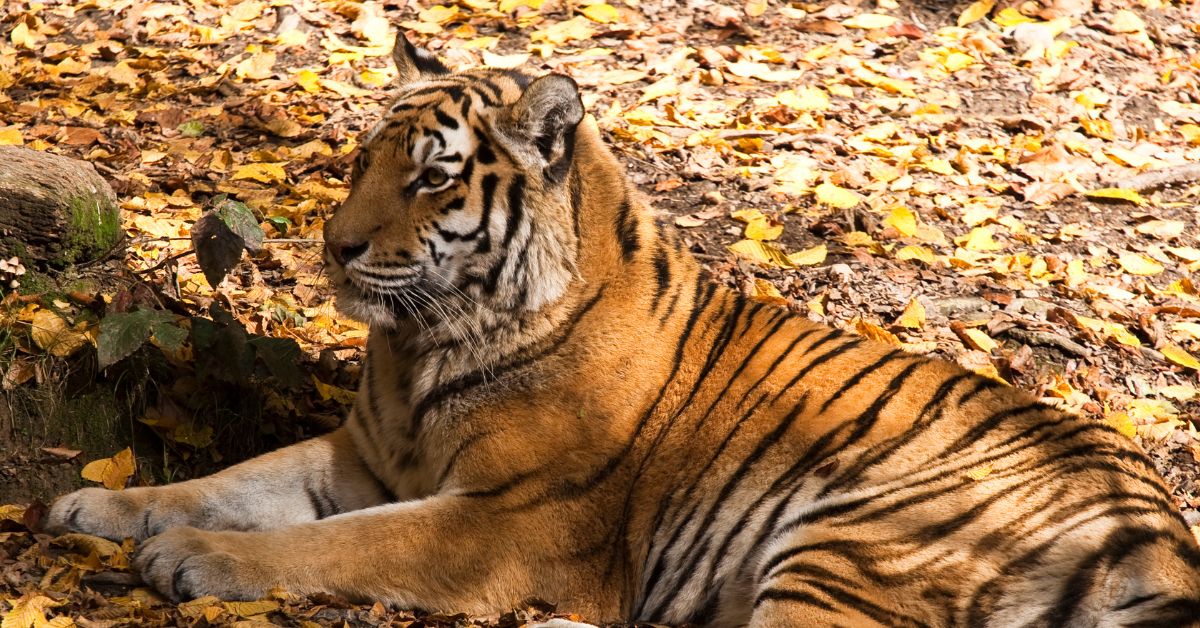In the vast and diverse kingdom of animals, some species have evolved to reach staggering heights, showcasing the wonders of nature’s engineering. From land to sea, and even the skies above, the animal kingdom boasts an impressive array of tall creatures that inspire awe and fascination. In this exploration of the natural world, we will uncover the top 10 tallest animals in the world, each one adapted uniquely to their respective environments.
From graceful giants to powerful titans, these creatures stand as living testaments to the remarkable adaptability and resilience of life on Earth. So, let us embark on this journey and marvel at the magnificence of these extraordinary beings that tower above the rest.
Top 10 Tallest Animals in the World
1. Giraffe
The giraffe, an enchanting and elegant creature, is the tallest land animal on Earth. Native to the savannas and grasslands of Africa, giraffes are renowned for their incredible height, which can reach up to 18 feet (5.5 meters) tall.
Their most distinctive feature is their long neck, consisting of seven vertebrae, the same number as in humans, but each one can measure up to 10 inches (25 centimeters) in length. This unique adaptation allows giraffes to browse leaves and foliage from tall acacia trees that are out of reach for other herbivores.

Besides their towering necks, giraffes possess long and powerful legs that contribute to their impressive height and enable them to reach speeds of up to 35 miles per hour (56 kilometers per hour) when threatened.
Their tongues can extend up to 18 inches (45 centimeters), and their dexterous lips help them pluck leaves and buds with precision.
Giraffes are social animals, often seen in groups known as towers, consisting of females and their offspring. Adult males, known as bulls, sometimes form bachelor herds. They communicate through various vocalizations, such as grunts and snorts, and also use their necks to engage in a behavior called “necking,” where they duel for dominance.
2. African Elephant
The African elephant is the largest land mammal on Earth and an emblematic symbol of the African continent. They can reach heights of up to 13 feet (4 meters) at the shoulder and weigh as much as 6 to 7 tons.
African elephants are known for their massive ears, which help regulate their body temperature, and their long, curved tusks, which are elongated incisor teeth.

African elephants are highly intelligent and social animals, living in tight-knit family groups called herds. These herds are led by matriarchs, wise and experienced females who guide their families to food and water sources.
They have a remarkable memory and display complex emotions, including joy, grief, and empathy.The diet of African elephants is predominantly herbivorous, consisting of various plants, fruits, and bark. They can consume vast amounts of vegetation daily to sustain their massive bodies.
3. Polar Bear
The polar bear, also known as the “ice bear,” is the largest carnivorous land mammal and the undisputed master of the Arctic region. Standing at an impressive height of up to 10 feet (3 meters) when on their hind legs, polar bears are perfectly adapted to their icy habitat.
One of their most distinctive features is their thick layer of blubber and dense fur, which provide insulation and buoyancy in the freezing waters. Their fur appears white, but it is actually translucent, helping them blend into the snowy landscape and appear camouflaged to prey.
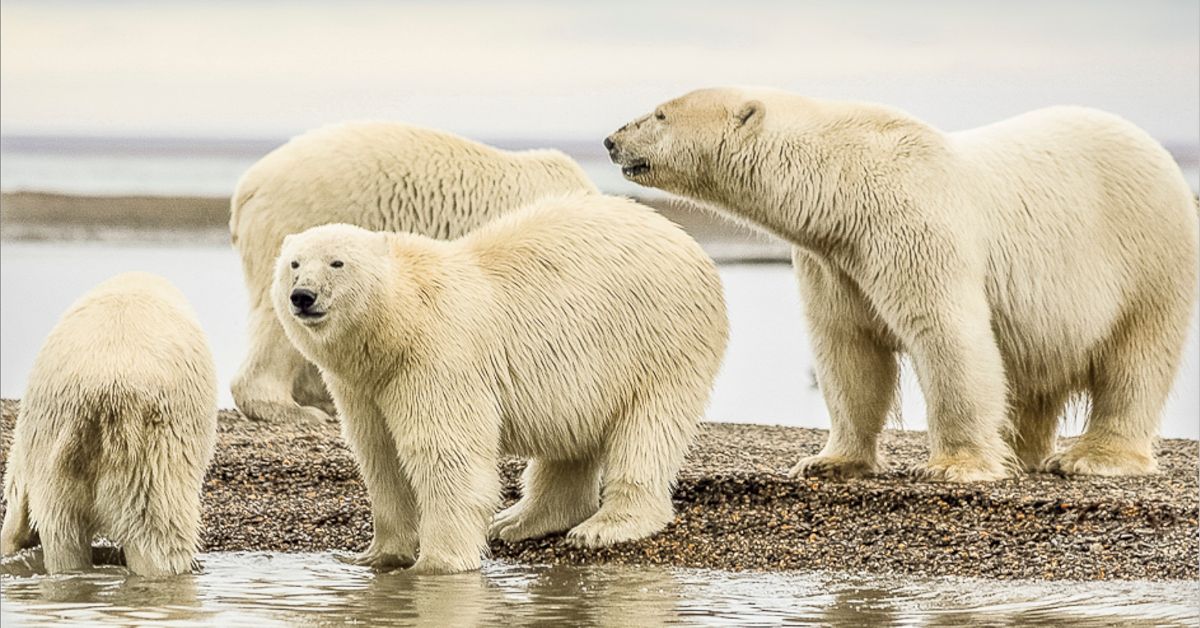
Polar bears are powerful swimmers and can cover vast distances in search of seals, their primary prey. They spend a significant amount of time on the sea ice, where they hunt for seals by patiently waiting near breathing holes or breaking through ice sheets.
These apex predators have a keen sense of smell, enabling them to detect seals from great distances. They are solitary animals, except during the mating season and when females raise their cubs.
4. Giant Eland
The giant eland is a majestic and imposing antelope species found in the savannas and woodlands of central and western Africa. As one of the largest antelopes, males can stand at an impressive height of around 6.6 feet (2 meters) at the shoulder and weigh up to 2,000 pounds (900 kilograms).
Giant elands are characterized by their elegant spiral-shaped horns that can grow to be over four feet (1.2 meters) long. Both males and females have these impressive horns, which they use for defense and during dominance displays.
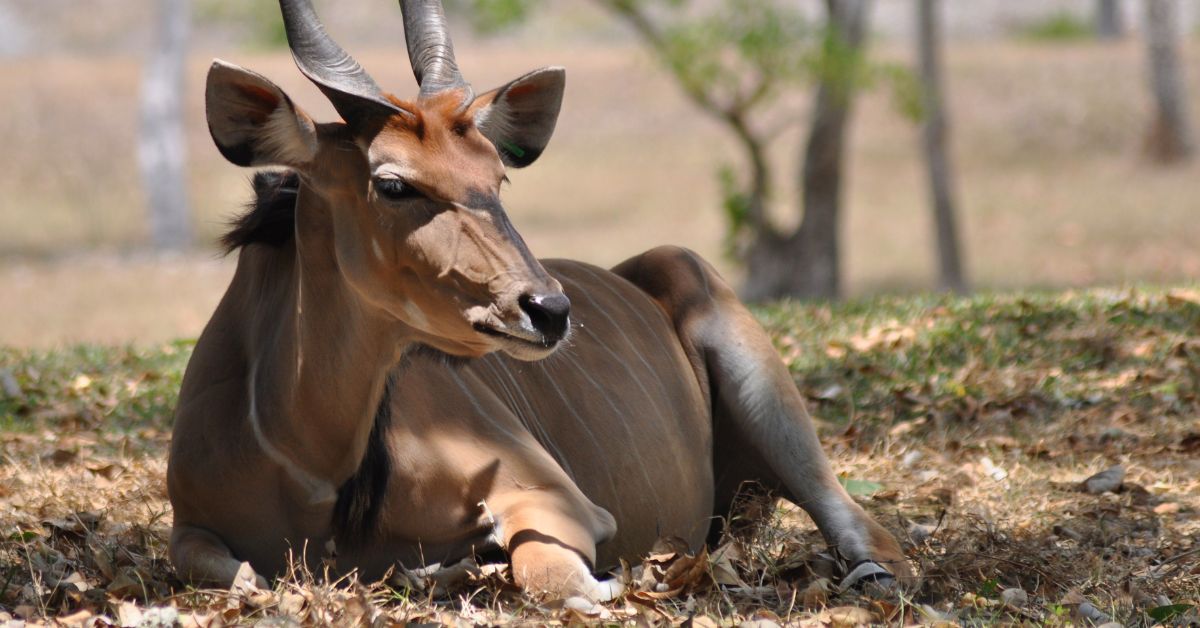
These herbivorous animals primarily feed on grass, leaves, and fruits, using their elongated necks to reach vegetation at varying heights.Giant elands are known for their nomadic behavior, constantly moving in search of water and fresh pastures.
They typically live in small herds or as solitary individuals.Despite their grandeur, giant elands face challenges such as habitat loss, hunting for their meat and horns, and competition with domestic livestock for resources. Conservation initiatives are essential to protect their populations and preserve the biodiversity of African ecosystems.
5. Eastern Grey Kangaroo
The Eastern Grey Kangaroo is an iconic marsupial native to the eastern and southeastern regions of Australia. As the largest of all kangaroo species, it stands as a symbol of Australia’s unique wildlife.
These magnificent creatures have adapted remarkably to their diverse habitats, including open grasslands, woodlands, and forests.Males of the species can reach heights of up to 6.9 feet (2.1 meters) at the shoulder and weigh as much as 200 pounds (90 kilograms).
Females are generally smaller, averaging around 4.9 feet (1.5 meters) in height. One of the most defining features of the Eastern Grey Kangaroo is its powerful hind legs, which enable it to travel at impressive speeds of up to 35 miles per hour (56 kilometers per hour). This incredible agility and speed are crucial for escaping predators and covering large distances in search of food and water.
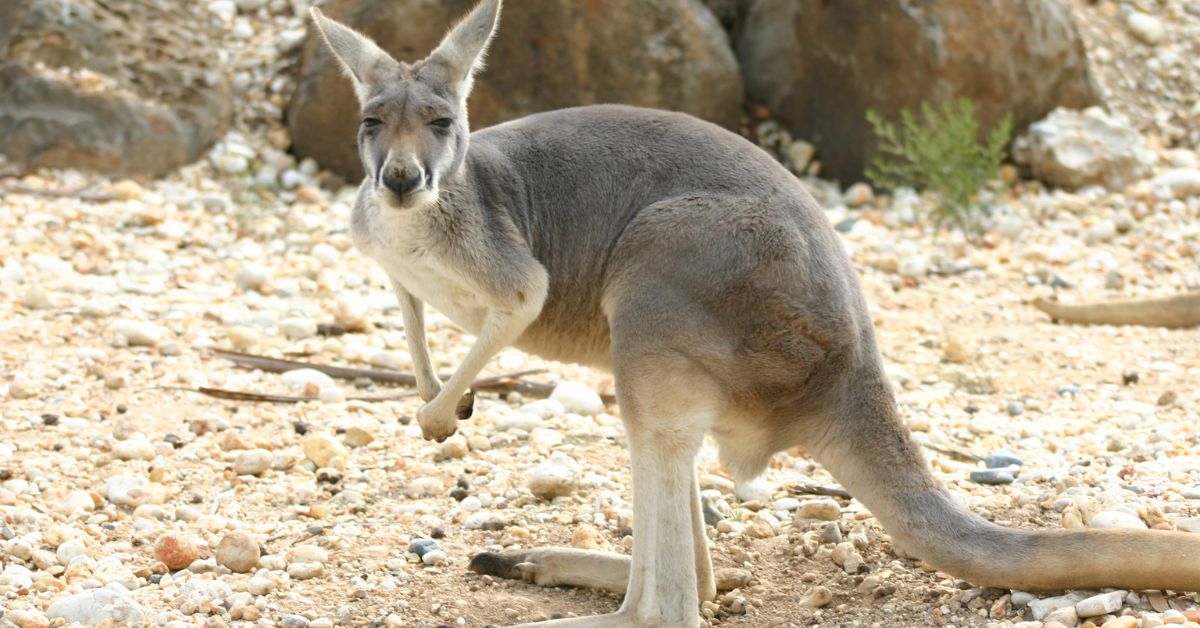
Eastern Grey Kangaroos are primarily herbivorous, and their diet consists of a wide variety of plants, including grasses, shrubs, and leaves. They are well-adapted to Australia’s arid climate and can extract moisture from their food, allowing them to survive in regions with limited water sources.
As marsupials, female Eastern Grey Kangaroos carry and nurture their young in a pouch on their belly after giving birth to tiny, underdeveloped joeys. The joey spends several months inside the pouch, growing and developing until it becomes more independent and starts to venture out.
6. Dromedary Camel
The dromedary camel, also known as the Arabian camel, is a remarkable desert-dwelling mammal renowned for its ability to endure harsh arid conditions. Native to the Middle East and North Africa, these camels have a distinctive single hump on their back, distinguishing them from their Bactrian counterparts.Adult dromedary camels can stand at a height of around 6.6 to 7 feet (2 to 2.1 meters) at the shoulder and weigh between 600 to 1,000 kilograms.
They have long, powerful legs and broad, cushioned feet that allow them to traverse sandy terrains with ease. Their humps store fat, not water as commonly believed, which serves as a crucial energy reserve during scarce food resources in the desert.
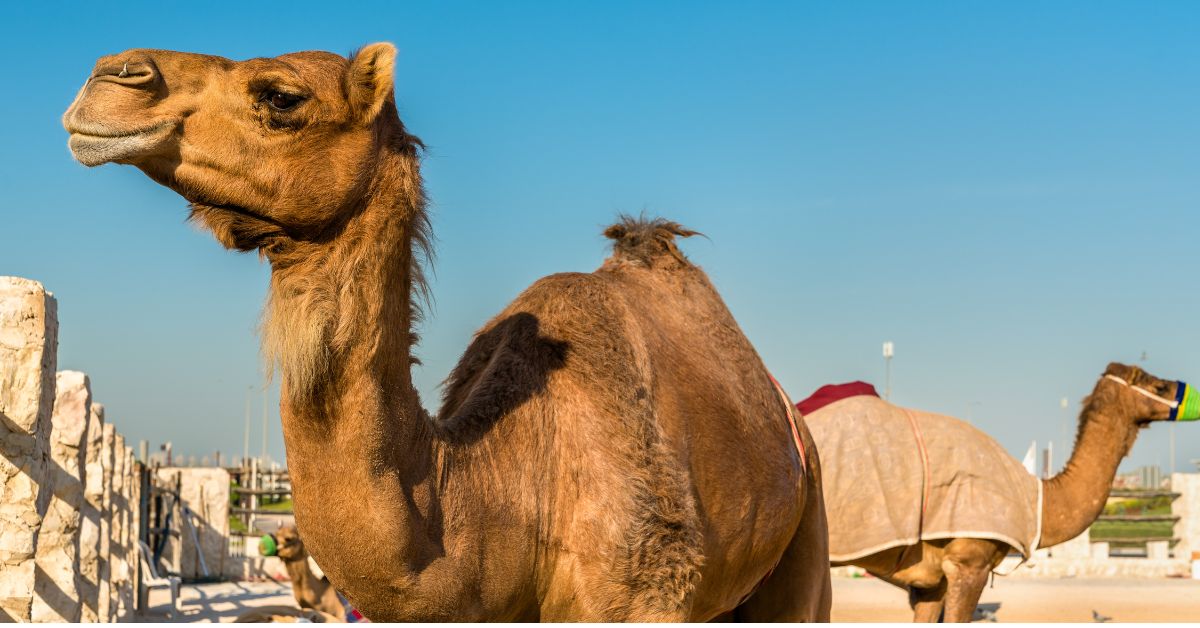
Dromedary camels are well-adapted to extreme temperatures, and their oval-shaped red blood cells enable them to withstand dehydration more effectively. They can drink large quantities of water in one go, rehydrating their bodies to endure long periods without access to water.
These camels have played a vital role in the lives of desert-dwelling human populations for centuries, serving as reliable means of transportation and sources of milk, meat, and wool. However, the rise of modern transportation and changes in lifestyle have led to a decline in their traditional uses.
7. Moose
The moose, also known as the elk in Europe and parts of Asia, is the largest member of the deer family (Cervidae). These majestic creatures inhabit the northern regions of North America, Europe, and Asia and are well-adapted to cold climates.
Male moose, known as bulls, can stand at an impressive height of up to 7.5 feet (2.3 meters) at the shoulder, making them the tallest land animals in North America.
They are known for their broad, palmate antlers, which can span up to six feet (1.8 meters) in width. These antlers are shed and regrown annually, playing a crucial role in mating rituals and establishing dominance.

Moose have long, sturdy legs that allow them to navigate through deep snow and wade in bodies of water to access aquatic vegetation, a significant part of their diet. They are excellent swimmers and can travel long distances in water, using their powerful bodies to propel them forward.
These herbivorous animals primarily consume leaves, twigs, and aquatic plants, and their diets change according to the seasons.Moose are solitary creatures, except during the mating season when bulls compete for the attention of cows.Conservation efforts aim to protect moose populations from habitat loss, hunting, and collisions with vehicles as they venture into human-populated areas.
8. Bactrian Camel
The Bactrian camel, native to the steppes of Central Asia, is a magnificent and rugged mammal renowned for its ability to survive in extreme environments. Unlike the dromedary camel, the Bactrian camel has two humps on its back, which store fat and provide energy reserves during long journeys in harsh deserts and cold, mountainous regions.
Adult Bactrian camels can reach heights of around 6.6 to 7 feet (2 to 2.1 meters) at the shoulder and weigh between 600 to 1,000 kilograms. Their thick, shaggy fur protects them from frigid temperatures, while their broad, tough feet help them traverse rocky terrains and sandy deserts with ease.
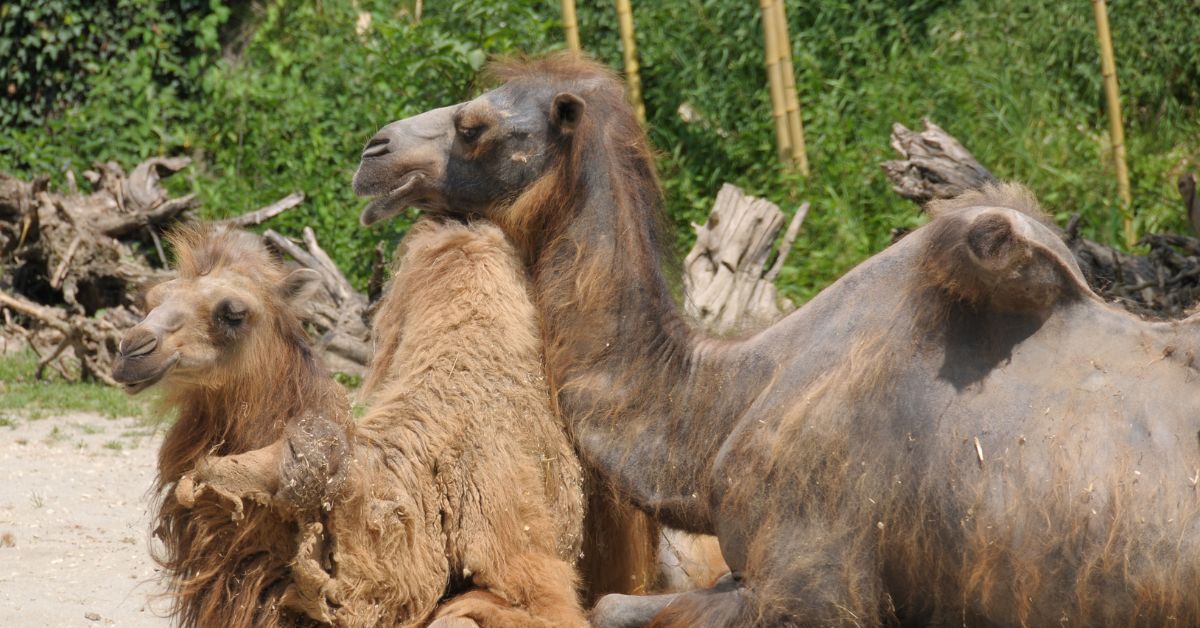
These camels have a unique ability to tolerate high levels of dehydration. They can drink copious amounts of water in a short period and conserve it within their bodies for extended periods without access to water sources.Bactrian camels are social animals, typically living in herds led by a dominant male.
They have been domesticated for thousands of years and play a vital role in the lives of communities across Central Asia, providing transportation, milk, meat, and wool.
9. Siberian Tiger
The Siberian tiger, also known as the Amur tiger, is the largest and one of the rarest subspecies of tigers in the world. Native to the vast and remote forests of Siberia, Russia, these majestic big cats are an emblem of strength and beauty.
Siberian tigers are truly imposing, with males reaching heights of up to 3.6 feet (1.1 meters) at the shoulder and weighing between 400 to 675 pounds (180 to 306 kilograms). They have a thick layer of fur, ideal for surviving the harsh, frigid winters of their habitat.
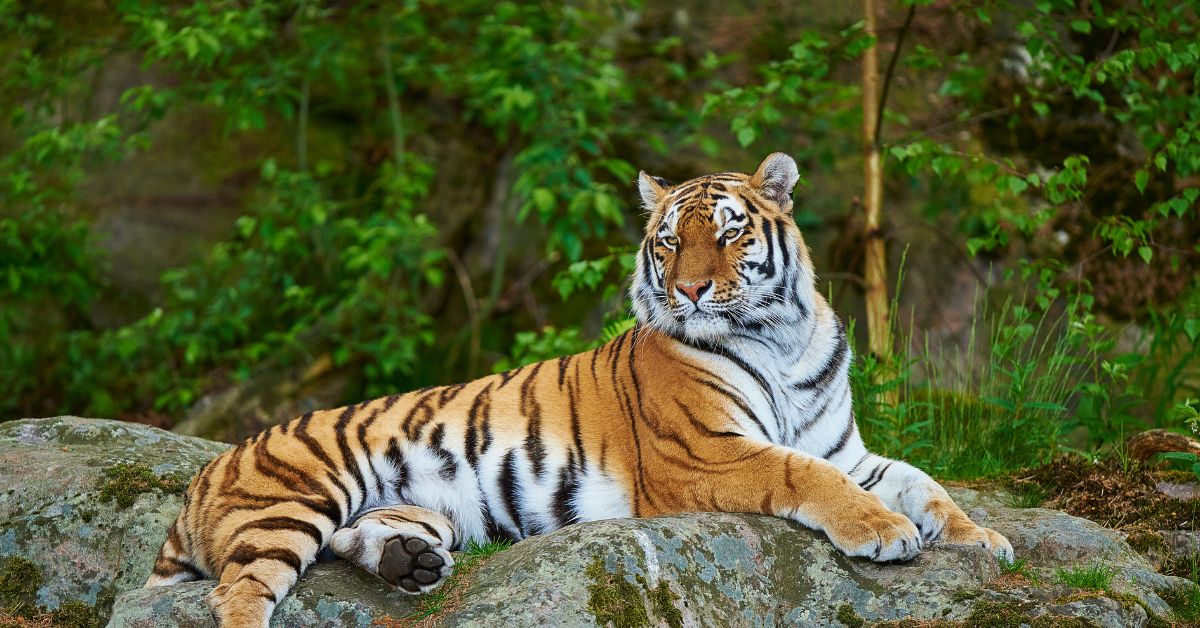
These solitary and territorial predators are highly skilled hunters, preying on a variety of animals, including deer, boars, and smaller mammals. Their powerful bodies and strong jaws allow them to take down large prey with ease.Habitat loss and poaching have severely threatened the survival of Siberian tigers. Conservation efforts, including protected areas and anti-poaching measures, are critical to ensure their survival in the wild.
10. Brown Bear
The brown bear, also known as the grizzly bear in North America, is one of the most widely distributed bear species, found across various habitats in the Northern Hemisphere. Their size can vary significantly based on their habitat and access to food.
Adult male brown bears can stand at heights ranging from 6.5 to 9 feet (2 to 2.8 meters) at the shoulder and weigh between 600 to 1,500 pounds (270 to 680 kilograms). Females are generally smaller, weighing around 200 to 600 pounds (90 to 270 kilograms).
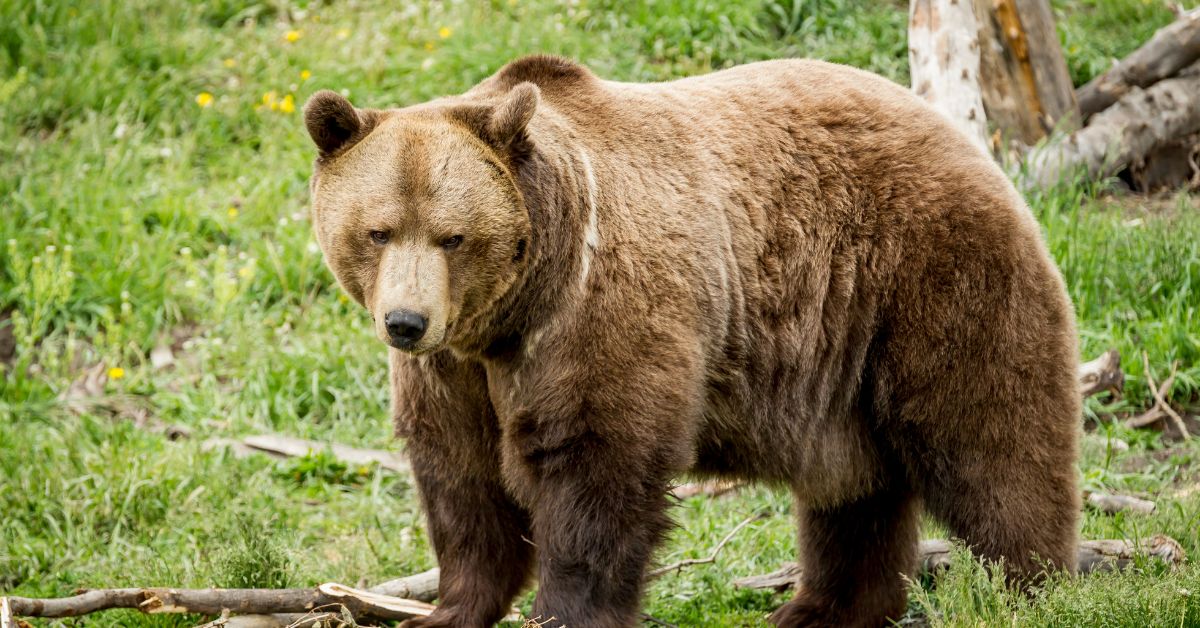
Brown bears are known for their strength and agility, capable of running at speeds of up to 35 miles per hour (56 kilometers per hour) and swimming long distances.These omnivorous animals have a varied diet, consisting of vegetation, fruits, nuts, fish, insects, and small mammals.
During the salmon spawning season, they can be seen catching fish from rivers.Brown bears have complex social structures and are not always solitary creatures. They can live in family groups or tolerate each other’s presence during feeding opportunities, although they are generally not as social as other bear species.
Video Credit – TOP 10 EVERYTHING
Frequently Asked Questions
[sc_fs_multi_faq headline-0=”h4″ question-0=”How tall can a giraffe grow?” answer-0=” Giraffes can reach heights of up to 18 feet (5.5 meters) tall, making them the tallest land animals on Earth. ” image-0=”” headline-1=”h4″ question-1=”What do giraffes eat?” answer-1=”Giraffes are herbivores and primarily feed on leaves, buds, and fruits from trees, especially acacia trees. ” image-1=”” headline-2=”h4″ question-2=”What is the size of an African elephant?” answer-2=”African elephants can stand up to 13 feet (4 meters) at the shoulder and weigh between 6 to 7 tons, making them the largest land mammals on Earth. ” image-2=”” headline-3=”h4″ question-3=”Are African elephants social animals?” answer-3=”Yes, African elephants are highly social animals that live in close-knit family groups led by matriarchs, the oldest and most experienced females. ” image-3=”” headline-4=”h4″ question-4=”Where do polar bears live?” answer-4=”Polar bears inhabit the Arctic region, including the Arctic Ocean, surrounding seas, and coastlines” image-4=”” headline-5=”h4″ question-5=”How do polar bears survive in the cold?” answer-5=”Polar bears have thick layers of blubber and dense fur that provide insulation and help them survive in freezing temperatures. ” image-5=”” headline-6=”h4″ question-6=”Where can you find giant elands?” answer-6=”Giant elands are native to the savannas and woodlands of central and western Africa.” image-6=”” headline-7=”h4″ question-7=”What is the size of a giant eland’s horns?” answer-7=”Both male and female giant elands have impressive spiral-shaped horns that can grow up to over four feet (1.2 meters) long.” image-7=”” headline-8=”h4″ question-8=”What is the size of a giant eland’s horns?” answer-8=”Both male and female giant elands have impressive spiral-shaped horns that can grow up to over four feet (1.2 meters) long.” image-8=”” headline-9=”h4″ question-9=”Where are eastern grey kangaroos found?” answer-9=”Eastern grey kangaroos are native to the eastern and southeastern regions of Australia. ” image-9=”” headline-10=”h4″ question-10=”How fast can eastern grey kangaroos hop?” answer-10=”Eastern grey kangaroos can reach speeds of up to 35 miles per hour (56 kilometers per hour) when threatened.” image-10=”” headline-11=”h4″ question-11=” What is the difference between dromedary and Bactrian camels?” answer-11=” Dromedary camels have a single hump, while Bactrian camels have two humps.” image-11=”” headline-12=”h4″ question-12=”Where are dromedary camels commonly found?” answer-12=” Dromedary camels are native to the Middle East and North Africa and are well-adapted to arid desert environments.” image-12=”” headline-13=”h4″ question-13=”Where are Bactrian camels found?” answer-13=”Bactrian camels are native to the steppes of Central Asia, particularly Mongolia and China. ” image-13=”” headline-14=”h4″ question-14=”How do Bactrian camels survive in harsh environments?” answer-14=”Bactrian camels have two humps that store fat for energy during long journeys through deserts and cold mountainous regions.” image-14=”” headline-15=”h4″ question-15=”Where do Siberian tigers live?” answer-15=”Siberian tigers inhabit the vast forests of Siberia, Russia.” image-15=”” headline-16=”h4″ question-16=”How big can Siberian tigers get?” answer-16=”Male Siberian tigers can weigh up to 675 pounds (306 kilograms) and reach lengths of up to 11.5 feet (3.5 meters) from head to tail.” image-16=”” headline-17=”h4″ question-17=”Where are brown bears found?” answer-17=”Brown bears have a wide distribution and can be found in various habitats across the Northern Hemisphere, including North America, Europe, and Asia.” image-17=”” headline-18=”h4″ question-18=” Are brown bears dangerous to humans?” answer-18=”Brown bears can be dangerous if provoked or if they feel threatened. It’s essential to give them space and avoid confrontations in the wild.” image-18=”” count=”19″ html=”true” css_class=””]
Recommended
10 Adorable Small Mammals You’ll Want as Pets
